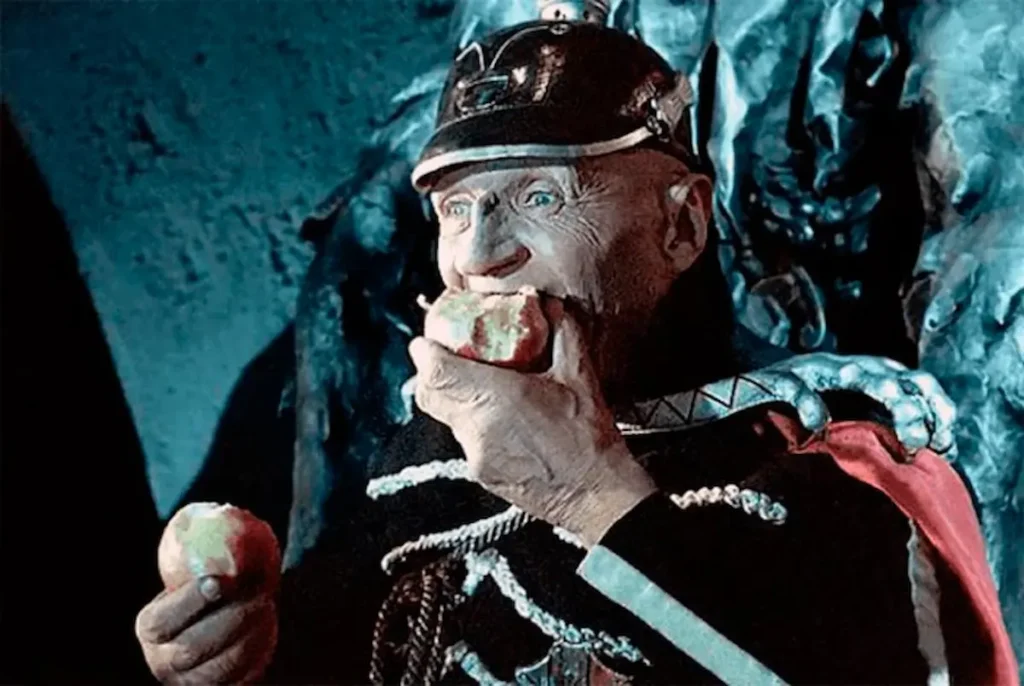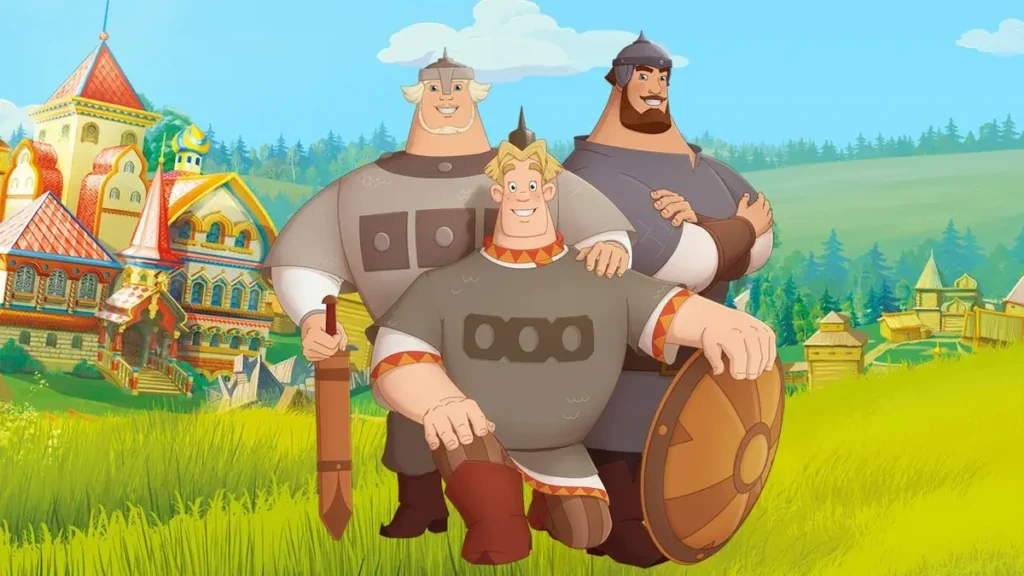The theme of good versus evil is timeless. And what could express this struggle better than Russian folk tales?
From childhood, these classic stories nurture in us the desire to choose good. Parents pass them down from generation to generation, and that’s why film adaptations of Russian fairy tales remain so popular today.
Every year, new interpretations of traditional stories appear on screen. It’s a great commercial move — after all, families with children will always come to see kind, magical films.
Classic characters are easy to adapt for a modern audience. They are often placed in the 21st century, surrounded by cars and gadgets, which creates plenty of funny and fresh situations.
But there are also more traditional adaptations of folk tales. Today, let’s look at both approaches.

Fairy Tales on Screen
Back in the Soviet Union, filmmakers loved bringing folk tales to life. That’s when the true “golden collection” of fairy tale movies was created.
Do you remember how during holidays, these magical films would play on the main TV channels? They transported us straight into a fairy tale world.
Even today, many parents enjoy rewatching these Soviet classics with their kids. For example:
- Old Man Khottabych
- Kingdom of Crooked Mirrors
- Buratino
- Barbara the Fair with the Silken Hair
- Morozko
- The Wild Swans
- Sadko
- The Stone Flower
- Maria the Weaver
- The Tale of Tsar SaltanThe Tale of Tsar Saltan
- Fire, Water and Brass Pipes
- and many more
These films set the stage for later fantasy movies. In the early 2000s, directors explored the battle of good and evil through modern images like vampires and witches.
In recent years, however, there has been a wave of new adaptations of classic tales. Dozens of family films have been released, such as:
- By the Pike’s Command
- The Flying Ship
- The Tinderbox
- The Bremen Town Musicians
- The Wizard of the Emerald City
- Little Red Riding Hood
- The Magic Horse (Konyok-Gorbunok)
- Cheburashka
- and many more
Notice how many of them are based on Pushkin’s fairy tales. Another vivid example is the “The Last Warrior” series, where folk heroes find themselves in the modern world.
Not all fairy tale films are purely for children. For instance, He’s a Dragon is a stunningly beautiful fairy tale with a touching love story, perfect for teens and adults.

Animated Fairy Tales
Animation has also joined this trend in recent years. Just think of the countless feature-length cartoons from the Three Heroes series. The creators gave themselves freedom to reinterpret Russian folklore in creative and humorous ways.
More recently, the animated series Princesses (Tsarevny) brought together many beloved fairy tale characters. Even the main villain, Koschei the Deathless, was reimagined as a kind hero.
The success led to a prequel called Koschei: The Beginning, exploring his youth. Other films gave Baba Yaga a sympathetic backstory too, showing her as more than just a witch.
And we can’t forget the Russian cartoon that conquered the world: Masha and the Bear. It became a global phenomenon, gaining fans in Asia and the U.S., and was translated into dozens of languages.
The story of a mischievous little girl and her loyal friend won the hearts of millions. And at its core, it’s another take on a Russian fairy tale.
Adaptations of Russian folk tales are a wonderful trend. Families love kind, magical stories, and the timeless themes of good versus evil continue to resonate. That’s why these films and cartoons remain so relevant and beloved all over the world.






